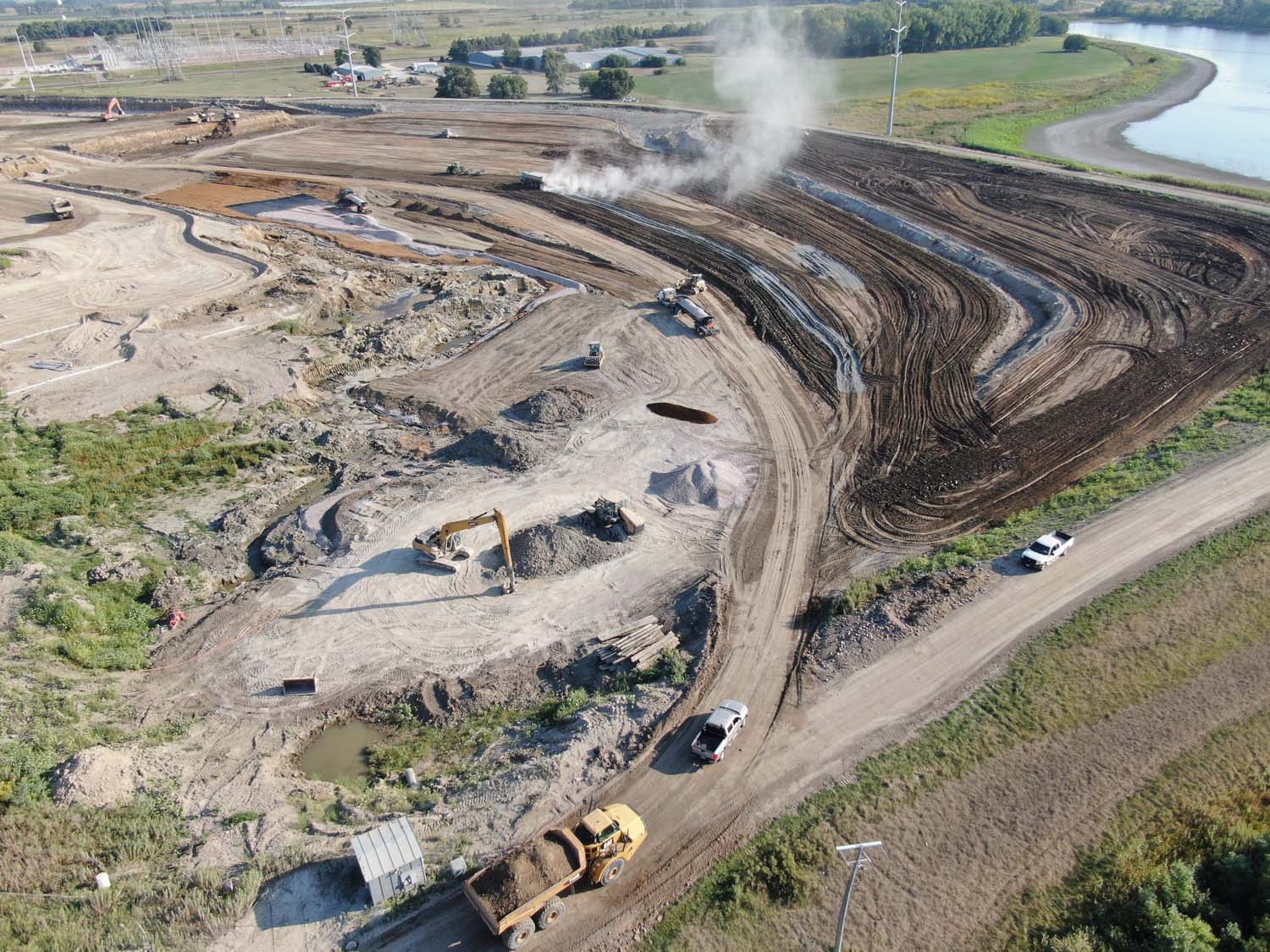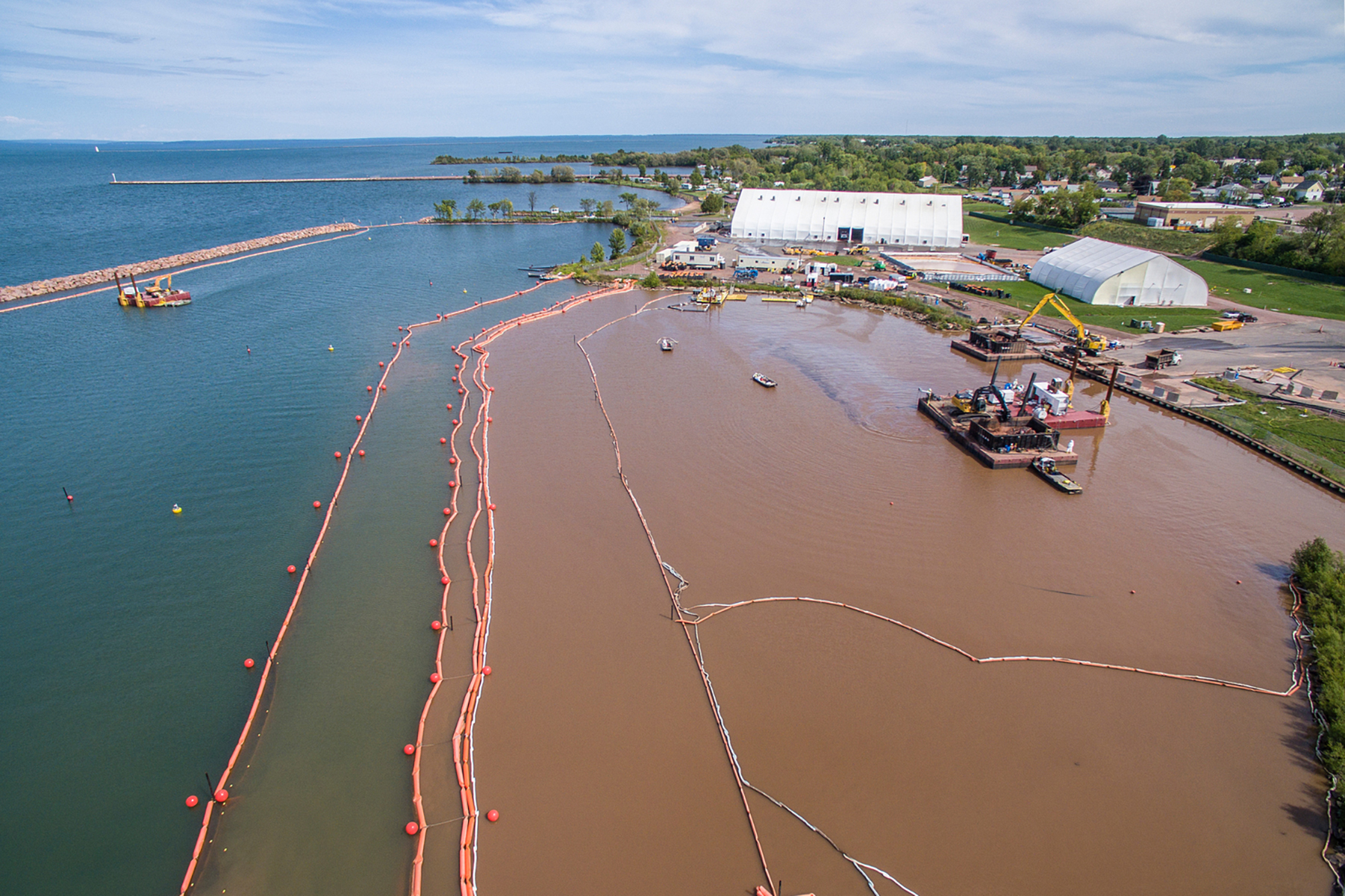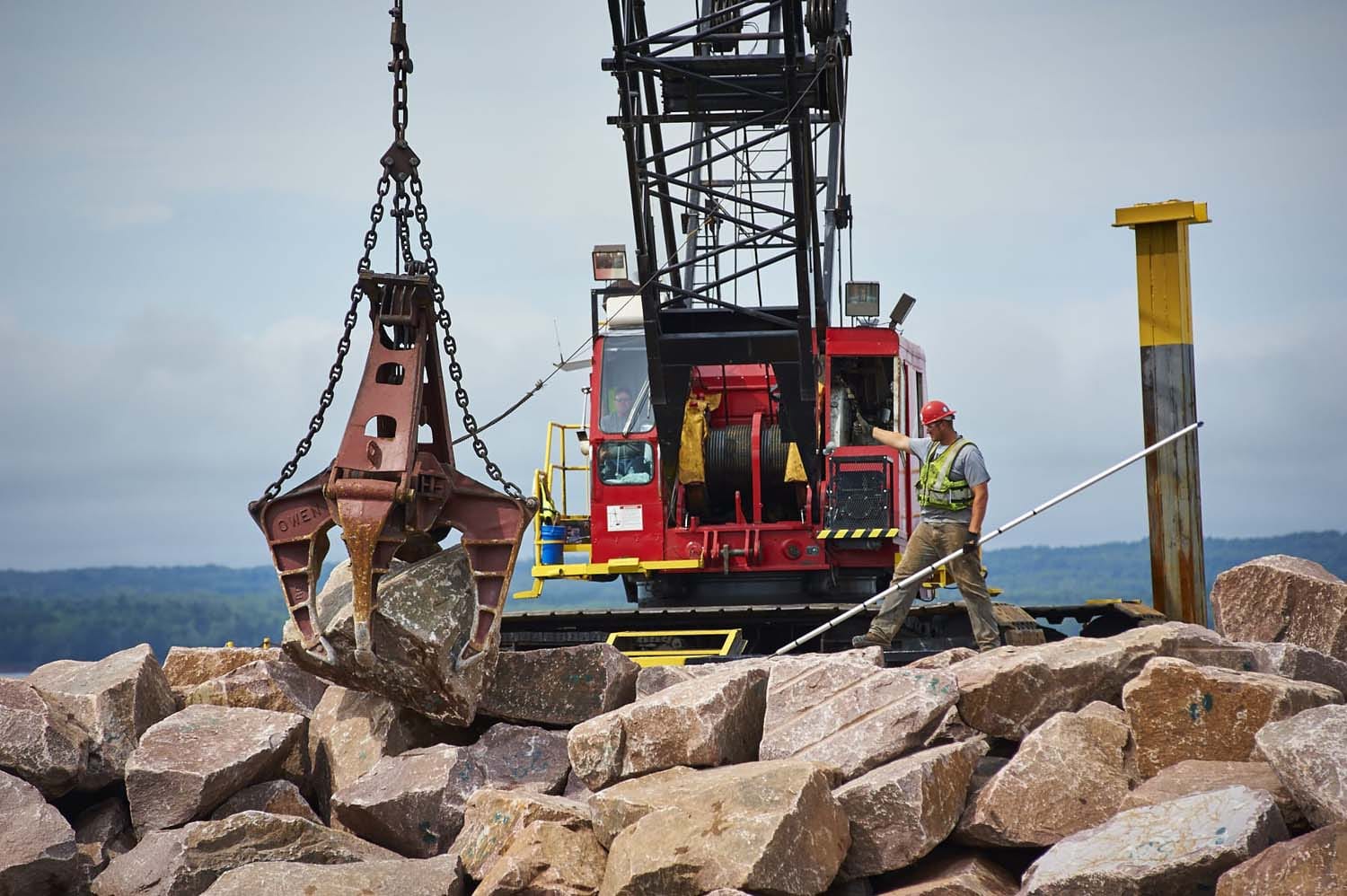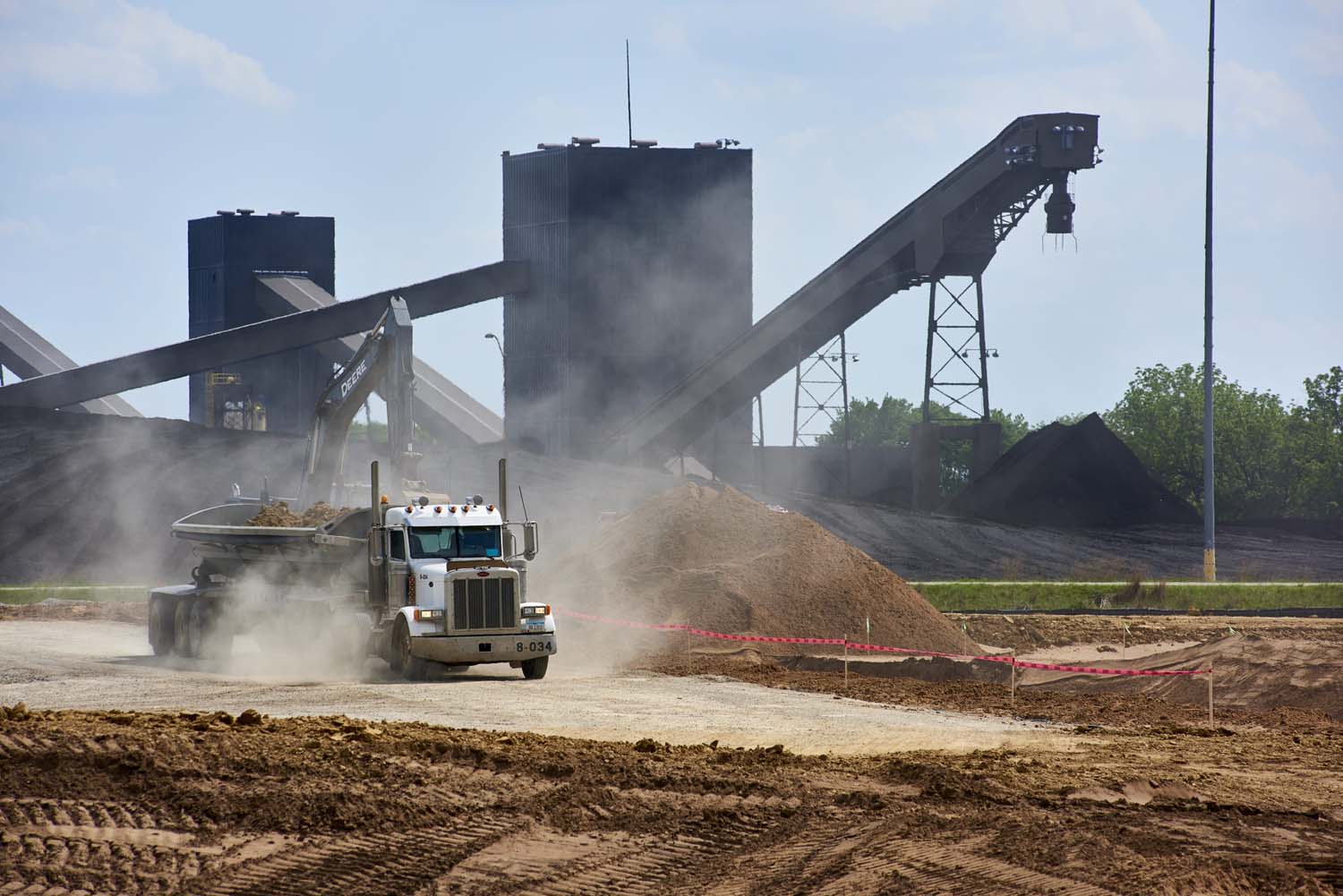
Background
MidAmerican Energy Company (MEC) owns and operates the George Neal Energy Center in Iowa. As part of the implementation of the Federal Coal Combustion Residual (CCR) rules, MEC engaged us for closure of their final active on-site unlined CCR surface impoundments and revisit closure activities previously conducted on three on-site inactive unlined CCR surface impoundments. The four on-site surface impoundments are contiguous in geography, but are subdivided based on previous operations. MECs primary objective is to eliminate groundwater contact with CCR.
Approach
Recognizing that the primary project driver is groundwater, we developed a complex hydrogeological conceptual site model (CSM) to determine potential high groundwater interaction with CCR in the unlined surface impoundments, support selection of dewatering options and feasibility of closure options, and inform the basis of design for closure of the surface impoundments. Development of the CSM included installation of piezometers within the surface impoundments to determine water levels entrained in CCR; collection and analysis of data from the existing monitoring well network; a geotechnical drilling investigation to determine the contact between CCR and native soil material and characteristics of the in-place CCR material; and a topographic survey of the existing ground surface, utilizing Unmanned Aircraft Systems (UAS), to determine survey control and existing elevation contours.
The CSM concluded that there was potential for re-saturation of CCR during high groundwater conditions across the entire surface impoundment area. As a result of the CSM, MEC requested that we provide a closure approach that aligns with their corporate strategy to reduce brand liability associated with groundwater concerns, and meets the regulatory requirements.
We developed a hybrid design approach that maximized the area closed by removal of CCR, consolidated CCR (~1.8 million cubic yards) in a portion of the existing footprint of the surface impoundments on a clean floor, raised above the potential high groundwater level, and capped with an engineered final cover. The design was permitted with the State agency and in accordance with the Federal CCR rule. Surface impoundment closure construction began in June 2020 and is anticipated to continue through November 2022. We are currently providing CQA services and technical guidance to support construction activities.
Results
Working collaboratively with the MEC team, we delivered a solution that reduces potential future risk and liability and MEC maintained compliance with the Federal CCR rules. MEC recognized our expertise and requested that we assist another consultant to employ a similar strategy we had developed at this facility to direct closure of CCR landfills at another one of their facilities.
Markets: Utilities
Services: Remediation




